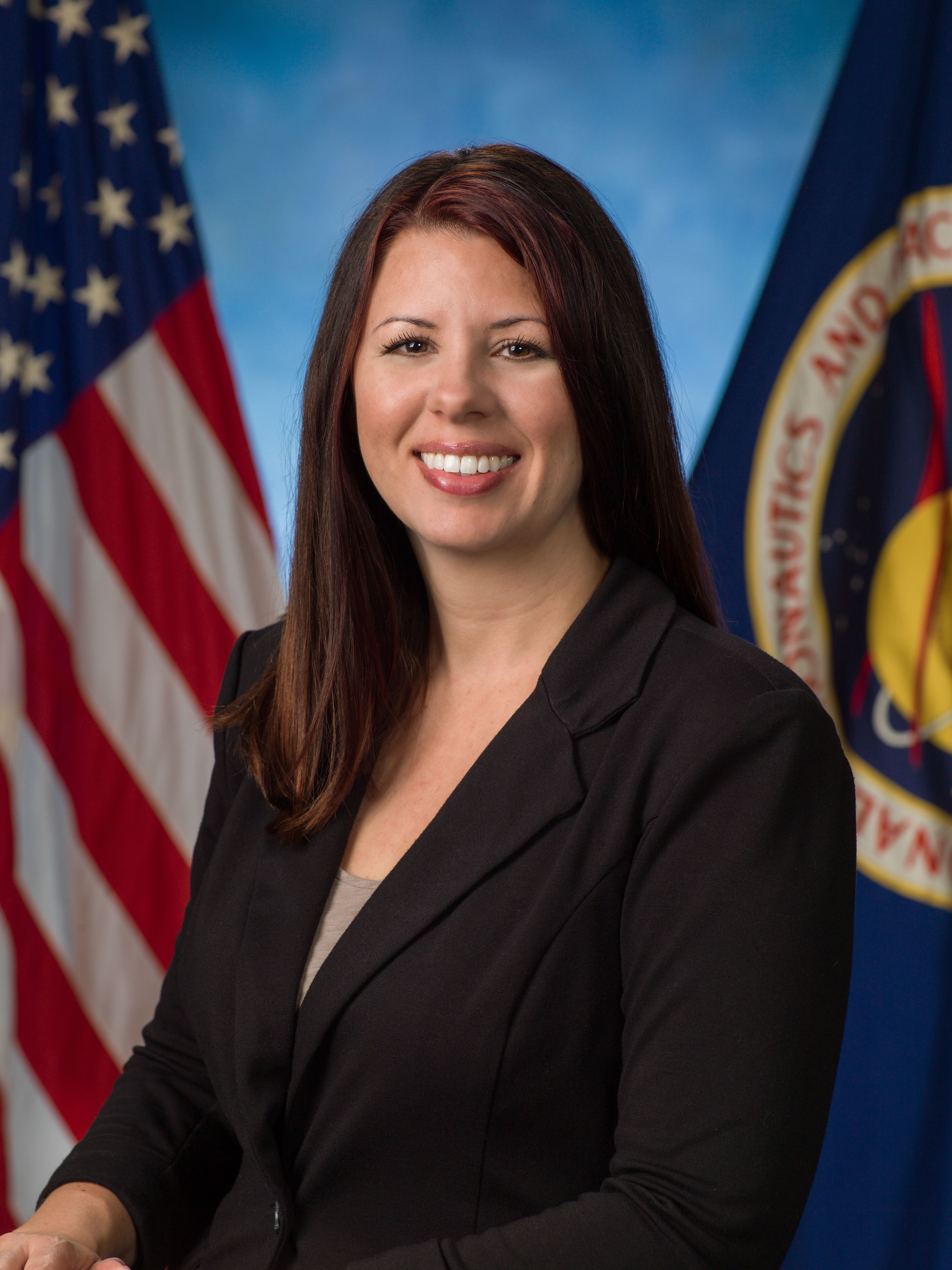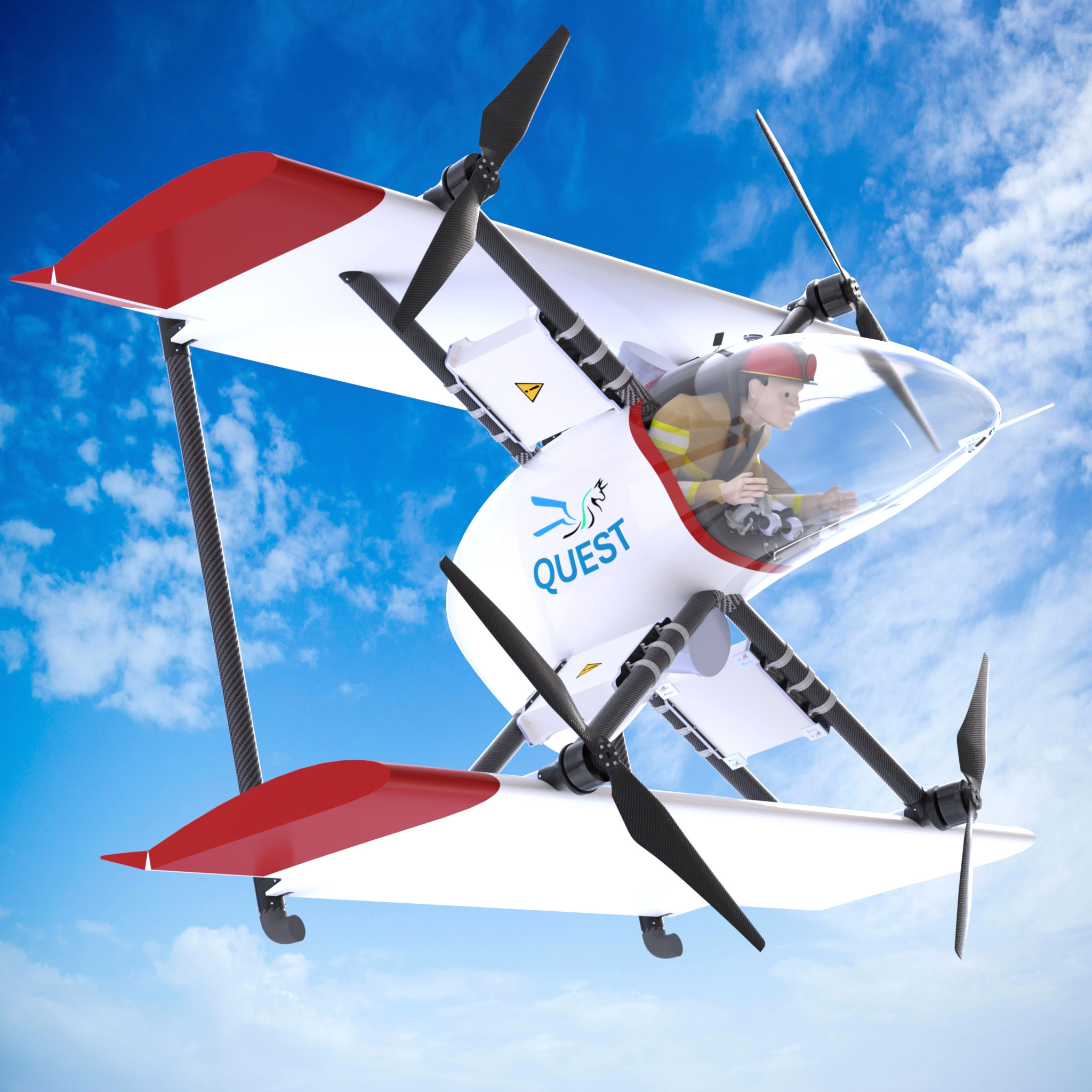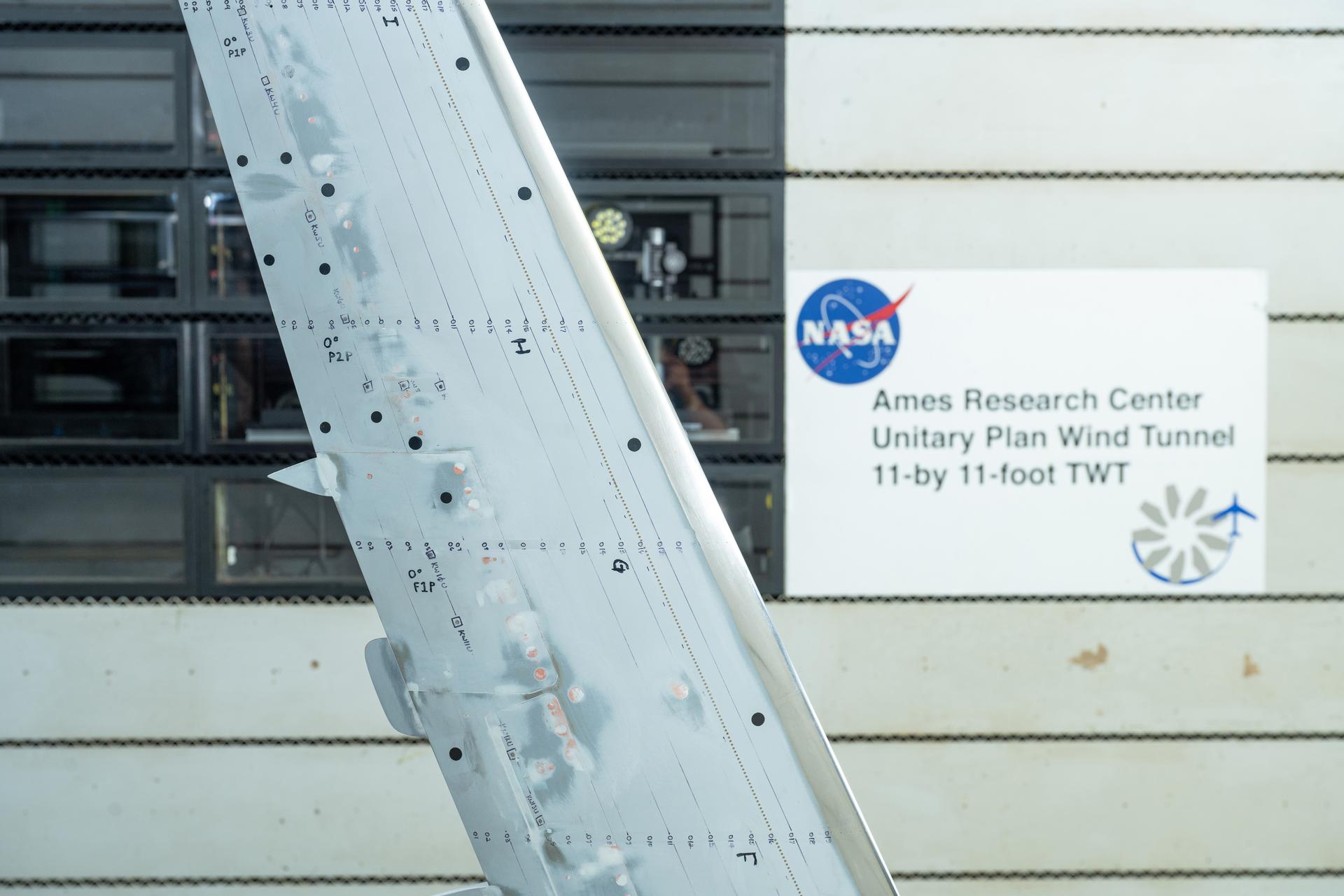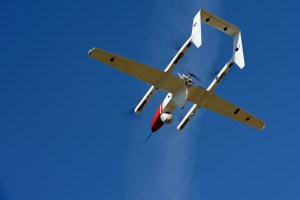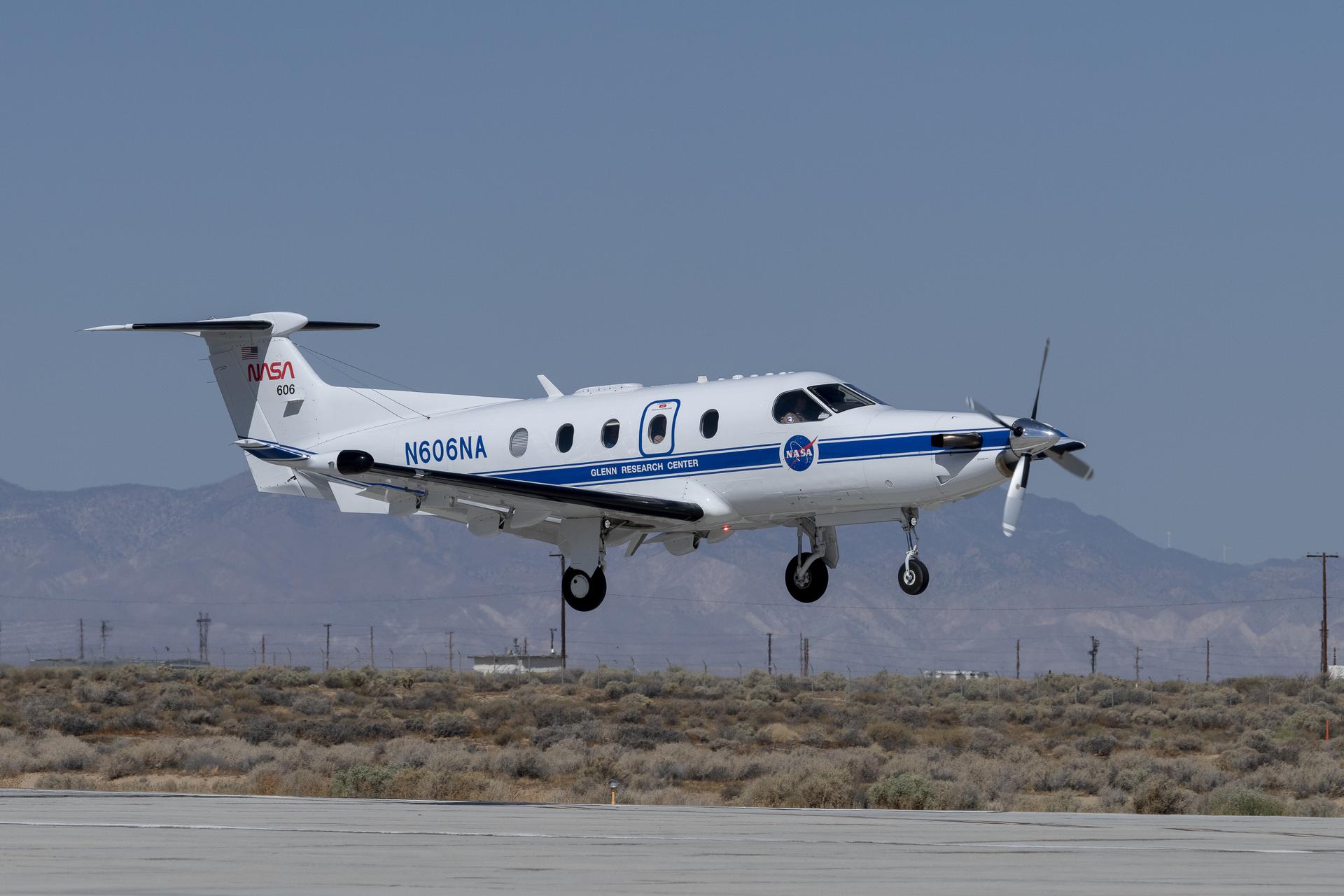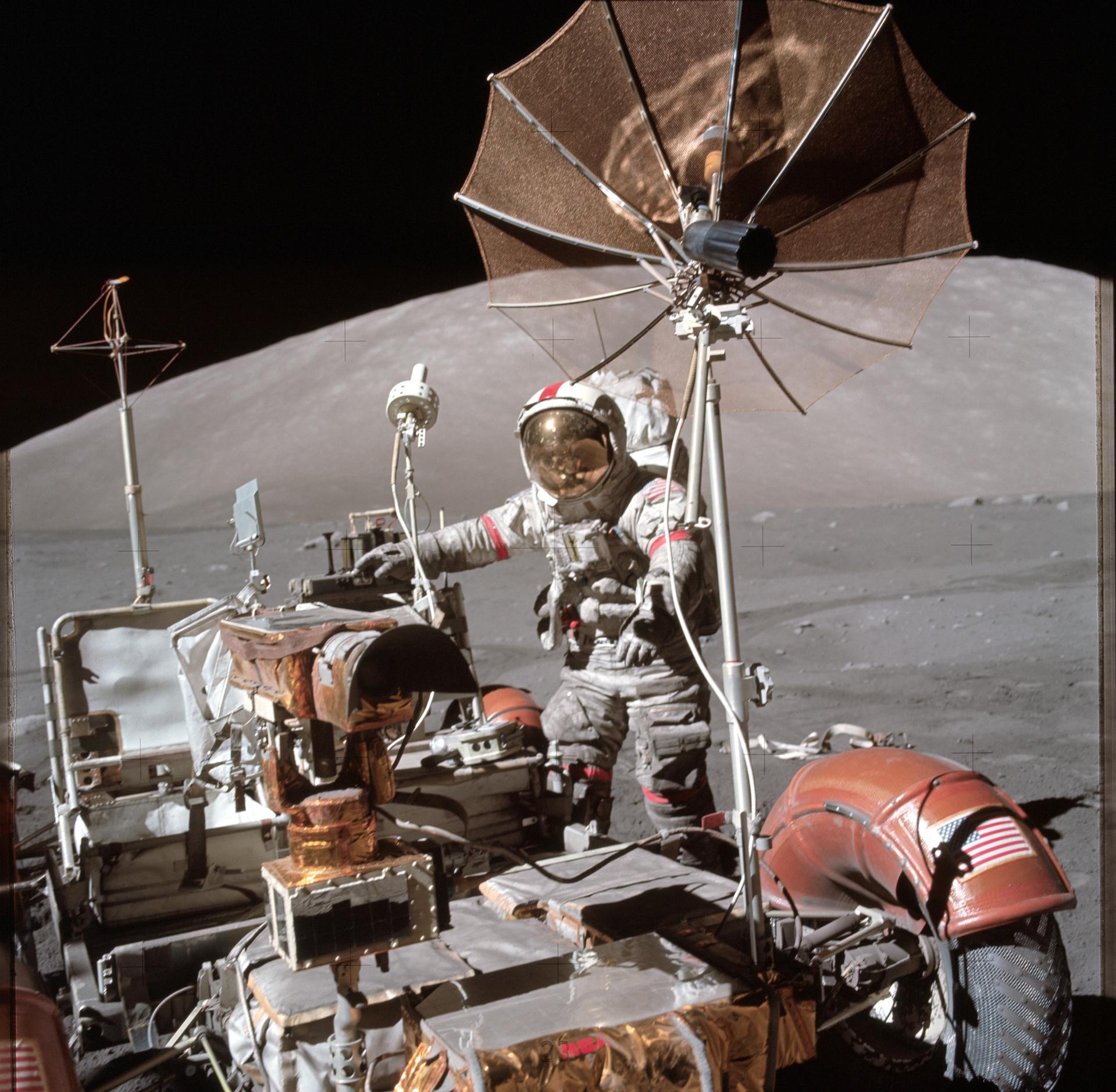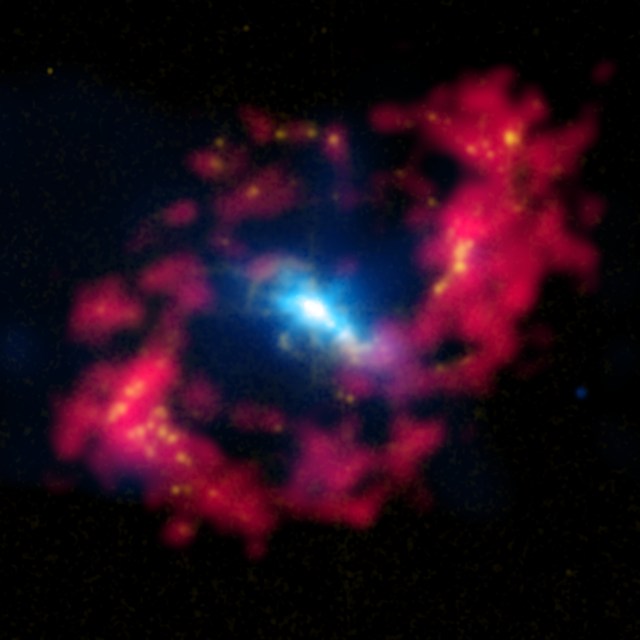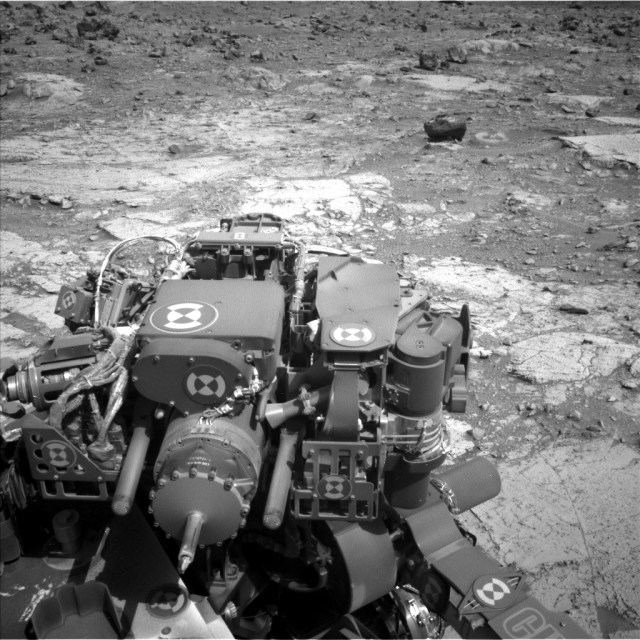NASA Supports GoAERO University Awardees for Emergency Aircraft Prototyping
With support from NASA, the international GoAERO Prize competition recently announced funding for 14 U.S. university teams to build innovative new compact emergency response aircraft. The teams will develop prototype versions of Emergency Response Flyers, aircraft intended to perform rescue and response missions after disasters and in crisis situations. The flyers must be designed to […]

3 min read
Preparations for Next Moonwalk Simulations Underway (and Underwater)
With support from NASA, the international GoAERO Prize competition recently announced funding for 14 U.S. university teams to build innovative new compact emergency response aircraft.
The teams will develop prototype versions of Emergency Response Flyers, aircraft intended to perform rescue and response missions after disasters and in crisis situations. The flyers must be designed to deliver a first responder, evacuate victims, provide emergency medical supplies, and aid in humanitarian efforts. Teams will bring their test aircraft to a fly-off expected in 2027.
These awards will provide students with an opportunity that might have otherwise been difficult – a chance to design and build potentially lifesaving aircraft.

koushik datta
NASA Project Manager
“These awards will provide students with an opportunity that might have otherwise been difficult – a chance to design and build potentially lifesaving aircraft,” said Koushik Datta, University Innovation Project manager in NASA’s Aeronautics Research Mission Directorate at NASA Headquarters in Washington. “At NASA, we’re looking forward to seeing how these young innovators can contribute to our mission to advance futuristic aviation technologies that can benefit first responders and the public.”
With support from NASA’s University Innovation Project, GoAERO named 14 awardee teams at the following universities:
- Auburn University, in Leeds, Alabama
- California Polytechnic University, in Pomona
- Carnegie Mellon University, in Pittsburgh
- Embry-Riddle Aeronautical University, in Daytona Beach, Florida
- Georgia Institute of Technology, in Atlanta
- North Carolina Agricultural & Technical State University, in Greensboro
- North Carolina State University, in Raleigh
- The Ohio State University, in Columbus
- Penn State University, in State College
- Purdue University, in West Lafayette, Indiana
- Saint Louis University
- Texas A&M University, in College Station, and Oklahoma State University, in Stillwater
- University of Texas, Austin
- Virginia Tech, in Blacksburg
Student teams can utilize the funds to purchase parts, materials, batteries, and other components for building their aircrafts.
When naming the university awardees, GoAERO – in partnership with Boeing, RTX, and Honeywell – also announced 11 winners of Stage 1 of its competition. These include teams from the private sector and universities. These awardees were selected to build full- or smaller-scale flyers for evaluation. Eight entries will be selected for the next round of Stage 2 awards. The GoAERO Prize is still accepting new teams. While prizes are awarded at Stage 1 and Stage 2, teams do not need to win prizes to continue on to the next stage or compete in the final fly-off.
In addition to the University Innovation Project support for the university teams, NASA has partnered with GoAERO through a non-funded Space Act Agreement to provide U.S. teams with mentorship, educational opportunities, and access to specialized software tools.
Share
Related Terms
What's Your Reaction?















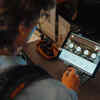



.jpg?#)













